
Get a year of super-useful advice
Who to book with, how to get the best deals plus inspiring destination ideas from the experts, for only £36.75 for the year – that’s 25% off.
Join Which? TravelOffer ends 8th January 2026
By clicking a retailer link you consent to third-party cookies that track your onward journey. This enables W? to receive an affiliate commission if you make a purchase, which supports our mission to be the UK's consumer champion.
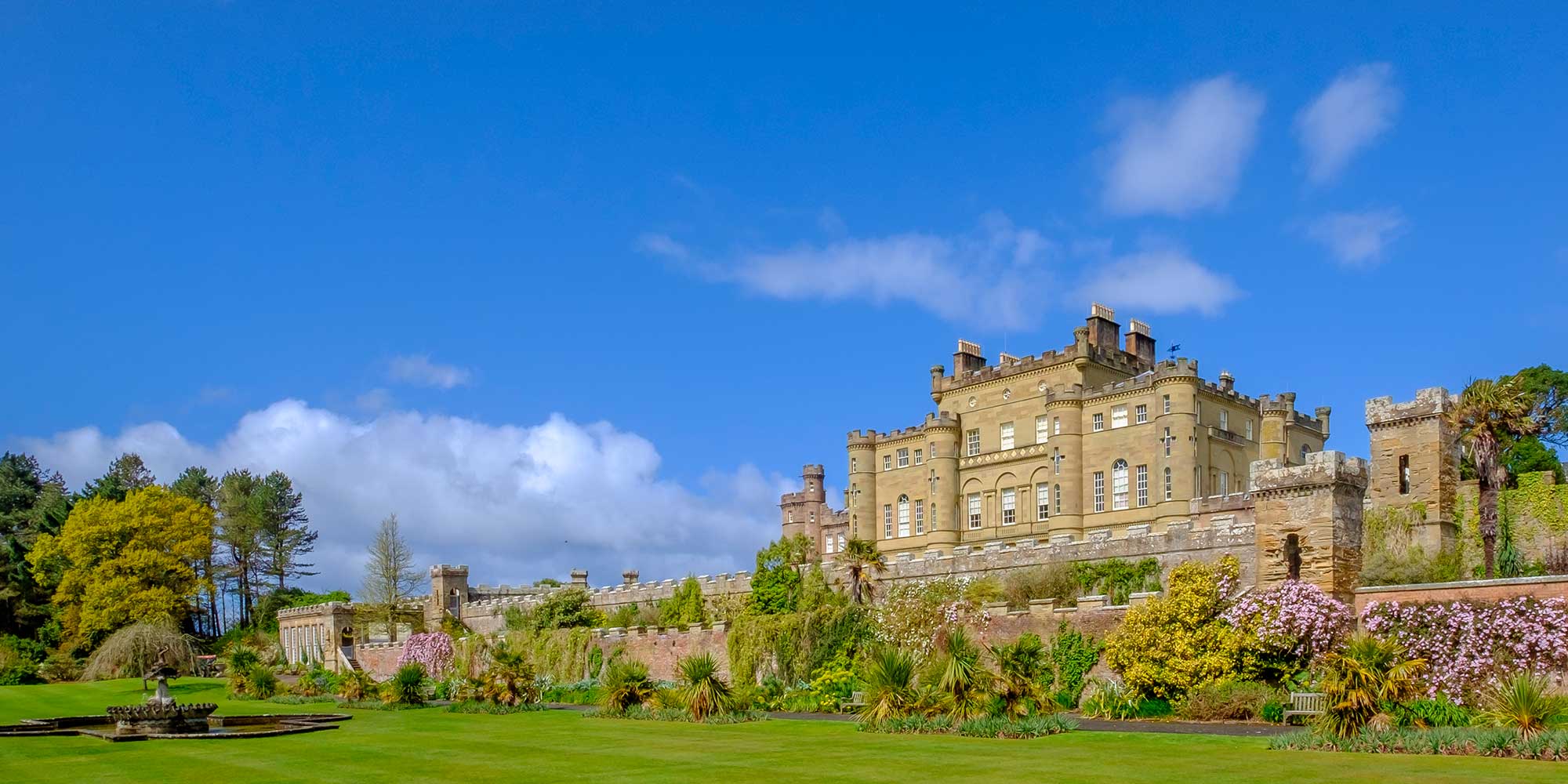
There are two big winners in this year's historic attractions survey - architect Sir Christopher Wren and landscape gardener Capability Brown.
Sir Christopher Wren died over 300 years ago but five of the buildings he designed or worked on are top rated in our list - more than any other architect. St Paul's Cathedral, Kensington Palace, Hampton Court Palace, Old Royal Naval College and Westminster Abbey.
Capability Brown designed or otherwise worked on eight of the gardens that readers love: Blenheim Palace, Chatsworth, Cliveden, Croome Court, Hampton Court Palace, Harewood House, Ickworth House and Wimpole Hall.
Our table gives you more detail on how almost 3,000 Which? members rated dozens of historic buildings around the country, including their value for money - and, something that Sir Christopher and Capability didn't think of; whether they have a decent cafe or restaurant.
For more expertly researched destination ideas and unbiased travel advice and recommendations, subscribe to Which? Travel

Who to book with, how to get the best deals plus inspiring destination ideas from the experts, for only £36.75 for the year – that’s 25% off.
Join Which? TravelOffer ends 8th January 2026

For nearly 250 years Ayrshire ramblers have wandered the path from Culzean Beach and spied the turrets and walls of Culzean Castle through the woodland – a suitably dramatic approach to this wind-swept clifftop fortress in the South West of Scotland.
Built by neoclassical architect Robert Adam and completed in 1792 the house was the pride and joy of the Earl of Cassilis, who filled its 260 hectare parkland with some 40 follies, glasshouses and ancient stone archways framing views of the firth. Inside you can see his collection of flintlock pistols, fanned out and criss-crossed across the foyer like elaborate latticework.
Upstairs there are not one but seven ghosts reported to haunt the bedrooms. From the top of the tower you can look out across the great panorama of the South Ayrshire coast, towards the Isle of Arran.
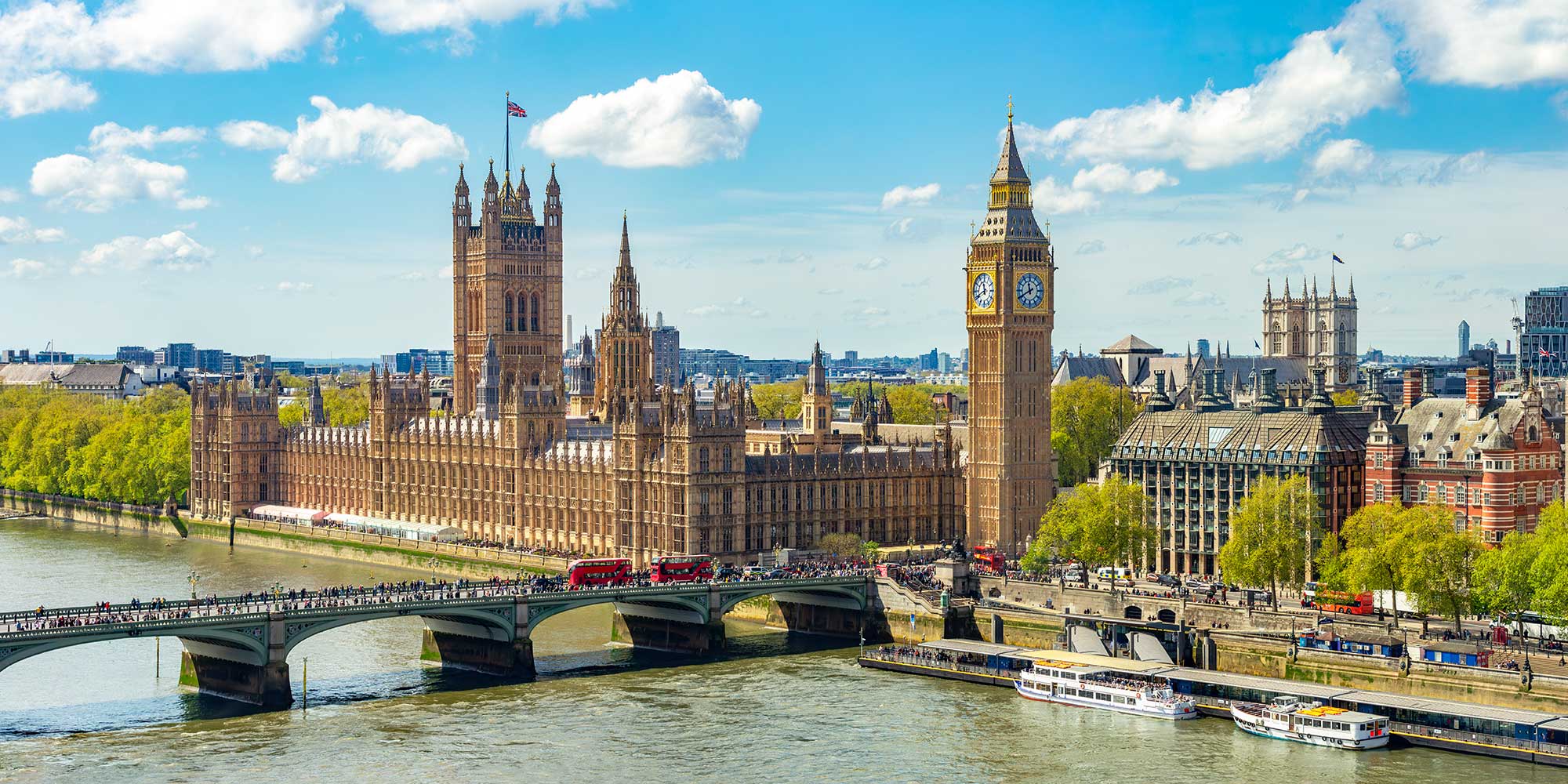
There are three reasons why visits to the Houses of Parliament are so popular. One is the obvious history and grandeur of the mother of parliaments, from the eleventh century Westminster Hall to the neo-gothic main structure (designed by Sir Charles Barry who also worked on three other buildings on our list - Kingston Lacy, Cliveden and Harewood House.)
Another reason is the quality of the tours. Numerous visitors told us how impressed they were with the enthusiasm and knowledge of the guides.
The third reason, though, is that many visitors in our survey got to look round it for free - after arranging a visit through their local MP. UK residents can arrange to come and watch a debate - as well as having a tour - by contacting their local MP or a member of the House of Lords.
There's a waiting list, so you'll have to book a long way in advance but you'll save £34 per person on the standard tour.
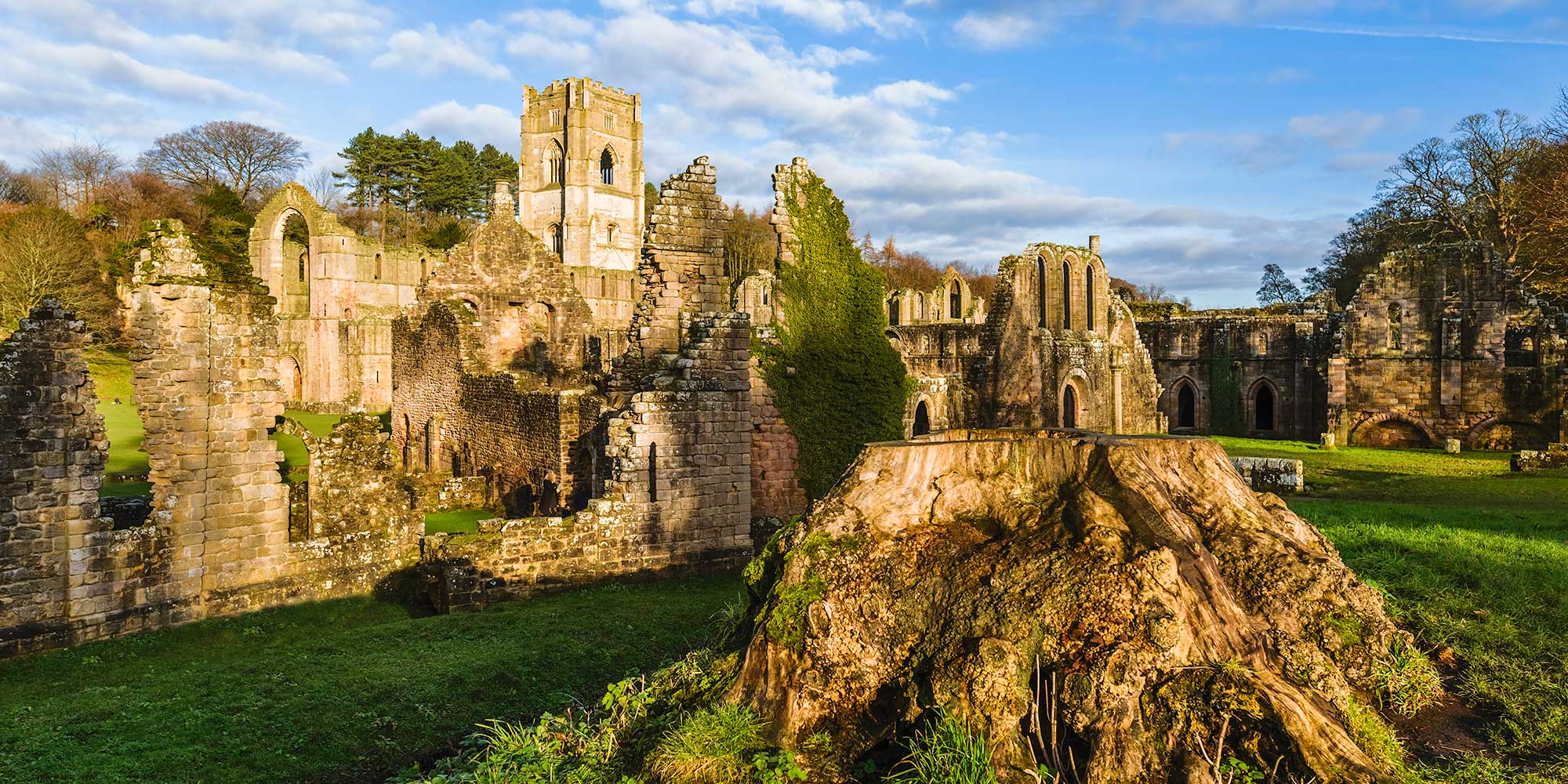
About half an hour's drive north of Harrogate in North Yorkshire this Abbey remains one of England's great sights, despite the fact that parts of it were pulled down and sold off on Henry VIII's orders, after the dissolution of the monasteries. For a religious order so devoted to simplicity, the detailed masonry and sheer grandeur that survives is staggering.
A river path takes visitors to the abbey's emerald lawns, from where you have unfettered access to the 12th-century foundations, moss and vines creeping over the ancient sandstone.
Culzean Castle, South Ayrshire (61) | 90% | £22 | ||||||||
Houses of Parliament, London (75) | 89% | £34 | n/a | |||||||
Royal Yacht Britannia, Edinburgh (64) | 88% | £20 | n/a | |||||||
Fountains Abbey, North Yorkshire (129) | 86% | £21 | ||||||||
Kingston Lacy Estate, Dorset (93) | 86% | £20 | ||||||||
Quarry Bank Mill, Cheshire (98) | 86% | £21 | ||||||||
Stourhead House and Gardens, Wiltshire (112) | 86% | £22 | ||||||||
Anglesey Abbey, Gardens and Lode Mill, Cambridgeshire (98) | 85% | £18 | ||||||||
Dover Castle (86) | 85% | £28.50 | ||||||||
Durham Cathedral (119) | 85% | Free | ||||||||
Hever Castle and Gardens, Kent (97) | 85% | £24.65 | ||||||||
Wells Cathedral, Wells (94) | 85% | £15 | ||||||||
Urquhart Castle, Loch Ness (42) | 84% | £14 | n/a | |||||||
Winchester Cathedral (91) | 84% | £13 | ||||||||
Chichester Cathedral (79) | 83% | Free | n/a | |||||||
Mount Stewart House and Garden, County Down (39) | 83% | £15 | n/a | |||||||
Powis Castle, Welshpool (82) | 83% | £17 | ||||||||
Tyntesfield, Somerset (100) | 83% | £20 | ||||||||
Wakehurst, West Sussex (91) | 83% | £18.50 | ||||||||
Wimpole Hall, Cambridgeshire (94) | 83% | £20 | ||||||||
Caernarfon Castle (70) | 82% | £14.50 | ||||||||
Old Royal Naval College Greenwich, London (57) | 82% | £17.50 | n/a | |||||||
Roman Baths and Pump Room, Bath (82) | 82% | £28 | n/a | |||||||
St David's Cathedral (93) | 82% | Free | ||||||||
St Paul's Cathedral, London (71) | 82% | £26 | n/a | n/a | ||||||
Stirling Castle (75) | 82% | £18.50 | ||||||||
Chatsworth, Derbyshire (129) | 81% | £35 | ||||||||
Bodleian Library, Oxford (50) | 80% | Free | n/a | n/a | n/a | n/a | ||||
Cardiff Castle (51) | 80% | £16 | n/a | |||||||
Lincoln Cathedral, Lincoln (82) | 80% | £12.50 | ||||||||
Mottisfont Abbey Gardens, House and Estate, Hampshire (117) | 80% | £22 | ||||||||
Polesdean Lacey, Surrey (107) | 80% | £17 | ||||||||
Scarborough Cliff Railway (44) | 80% | £2.50 | n/a | n/a | n/a | n/a | ||||
Dunham Massey Hall, Greater Manchester (89) | 79% | £17 | ||||||||
Lynton and Lynmouth Cliff Railway, Devon (65) | 79% | £3.75 | n/a | |||||||
St Michael's Mount, Cornwall (64) | 79% | £16 | n/a | |||||||
Tower of London (95) | 79% | £35.80 | n/a | |||||||
Westminster Abbey (76) | 79% | £31 | n/a | n/a | ||||||
York Minster (112) | 79% | £20 | ||||||||
Belton House, Lincolnshire (82) | 78% | £20 | ||||||||
Calke Abbey, Derbyshire (99) | 78% | £14 | ||||||||
Castle Howard, North Yorkshire (74) | 78% | £25 | ||||||||
Hampton Court Palace, London (93) | 78% | £28 | ||||||||
Salisbury Cathedral, Salisbury (100) | 78% | £11 | ||||||||
Shugborough Estate, Staffordshire (81) | 78% | £17 | ||||||||
Tower Bridge Exhibition, London (33) | 78% | £12.80 | n/a | n/a | n/a | n/a | n/a | n/a | ||
Cliveden, Buckinghamshire (93) | 77% | £21 | ||||||||
Conwy Castle (77) | 77% | £12.50 | n/a | |||||||
Edinburgh Castle (79) | 76% | £21.50 | n/a | |||||||
Ickworth House, Suffolk (90) | 76% | £14 | ||||||||
Kensington Palace, London (56) | 76% | £27.20 | n/a | |||||||
Attingham Park, Shropshire (91) | 75% | £11 | ||||||||
Bury St Edmunds Abbey and Ruins, Suffolk (88) | 75% | Free | ||||||||
Canterbury Cathedral, Canterbury (88) | 75% | £18 | n/a | |||||||
Croome Court, Worcestershire (95) | 75% | £17 | ||||||||
Lyme Park, House and Garden, Cheshire (88) | 75% | £17 | ||||||||
St Giles' Cathedral, Edinburgh (44) | 75% | Free | n/a | n/a | n/a | n/a | n/a | |||
Ullswater Steamers, Cumbria (51) | 75% | £24.50 | n/a | |||||||
Waddesdon Manor, Buckinghamshire (103) | 75% | £14 | ||||||||
Stonehenge, Wiltshire (86) | 74% | £28.50 | ||||||||
Tatton Park, Cheshire (84) | 74% | £10 | ||||||||
Bristol Cathedral, Bristol (46) | 72% | Free | n/a | n/a | n/a | n/a | n/a | |||
Leeds Castle, Kent (57) | 72% | £33 | ||||||||
Blenheim Palace, Oxfordshire (94) | 71% | £41 | ||||||||
Bath Abbey (69) | 70% | £8 | n/a | n/a | n/a | |||||
Shakespeare's Birthplace, Stratford-upon-Avon (63) | 69% | £25 | n/a | n/a | ||||||
Somerset House, London (81) | 68% | Free | n/a | |||||||
Southend-on-Sea Pier (55) | 64% | £3.10 | n/a | |||||||
Gretna Green Famous Blacksmiths Shop (38) | 44% | £3.50 | n/a | n/a | n/a | n/a | n/a | n/a |
Using the table: Admission fee Standard adult, non-member gate price, during the week, rounded to the nearest £1, collected in September 2025. Attraction score Combination of overall satisfaction/likelihood to recommend. N/A indicates the sample size was too small to calculate a rating. The results are based on a survey of 2,684 members of the Which? Connect Panel in June / July 2025.
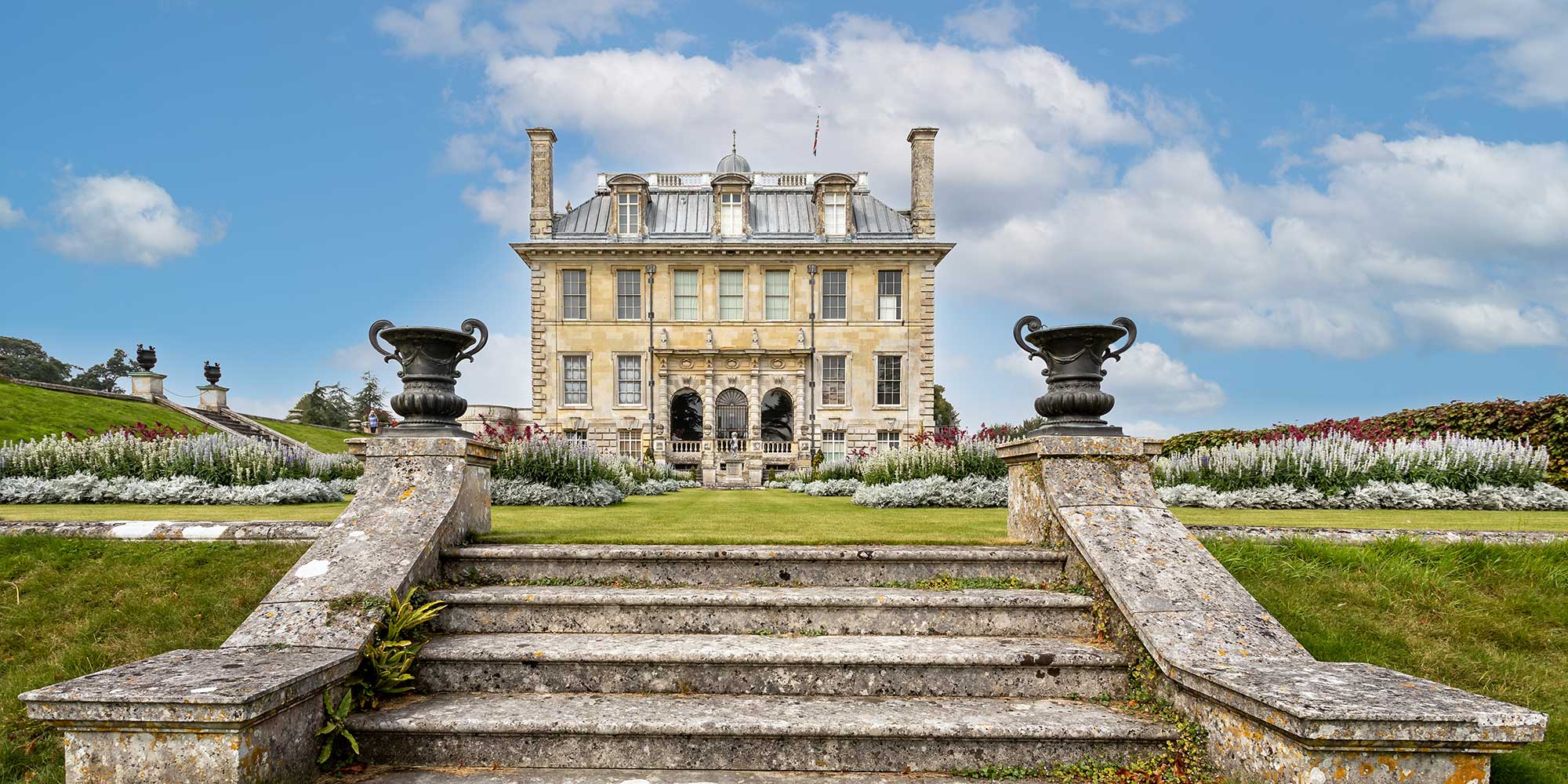
Our top-rated country estate is surrounded by 8,500 magnificent acres, grazed by Devon cattle and rare Portland sheep, but where it truly shines is in the incredible interior.
Owner William John Bankes hired celebrated architect Sir Charles Barry to remodel the existing house, cladding it in local stone - a year or two before he went on to work on the Houses of Parliament.
Bankes also filled the house with priceless artworks - such as Titians and Velázquez oils acquired during the Spanish Peninsular War. There's even a second-century Egyptian Philae obelisk in the garden.
Young children can still play with traditional tea and train sets in the striped circus tents he installed upstairs.
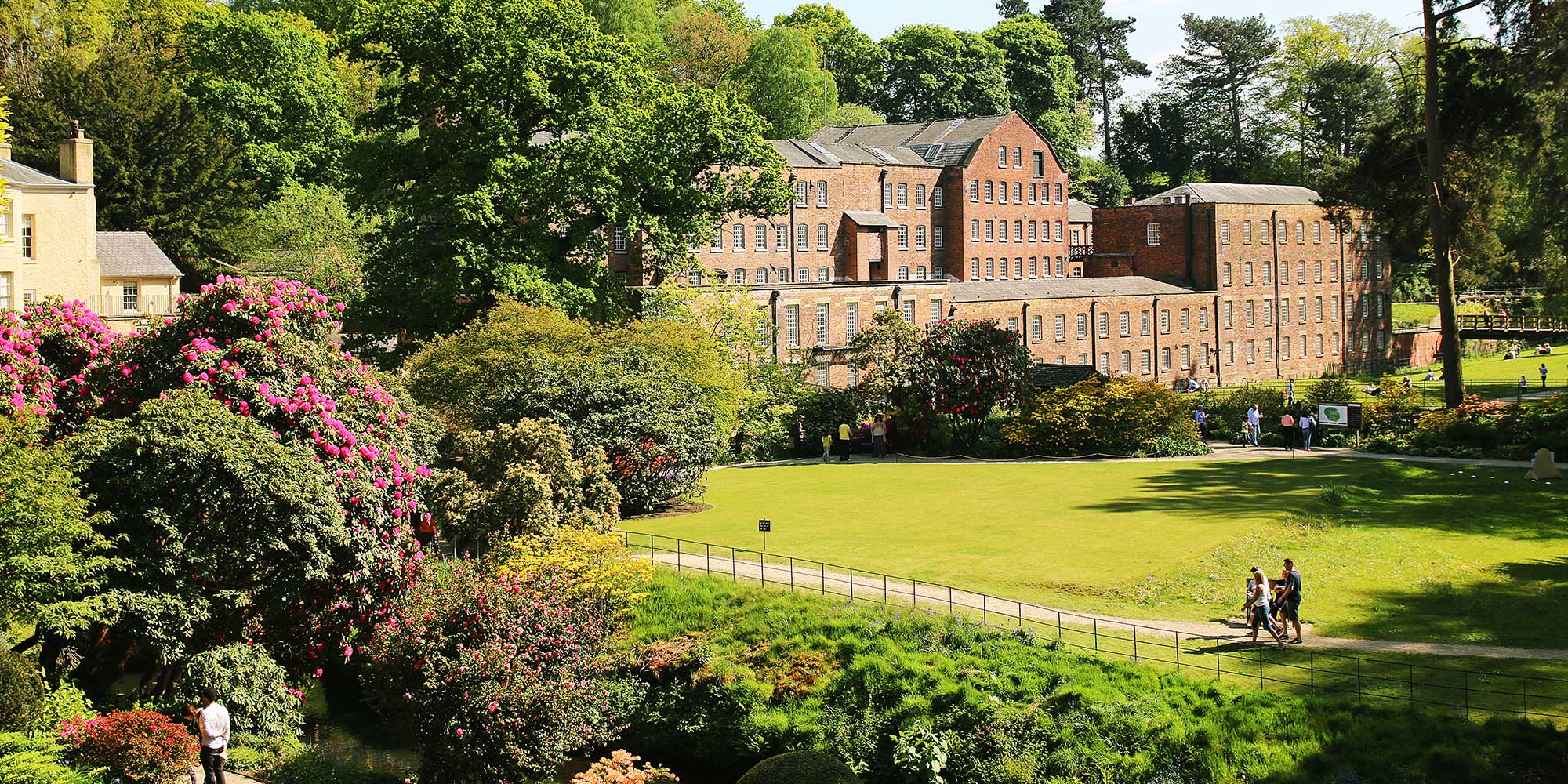
One of Britain's greatest industrial heritage sites is also a beautiful place to walk at any time of year. It started as a cotton mill in 1784 and grew to become one of the largest mill complexes in the world, with hundreds of workers living on the estate - as well as the owners at the Georgian Quarry Bank House.
Visitors can see where child workers as young as eight lived at Apprentice House, visit the still-operational water mill itself - which produces cloth for its own shop - or wander through the gardens along the banks of the River Bollin.
Quarry Bank is a 12-minute walk from Styal train station, which you can reach in less than 30 minutes from Manchester Piccadilly or Crewe.
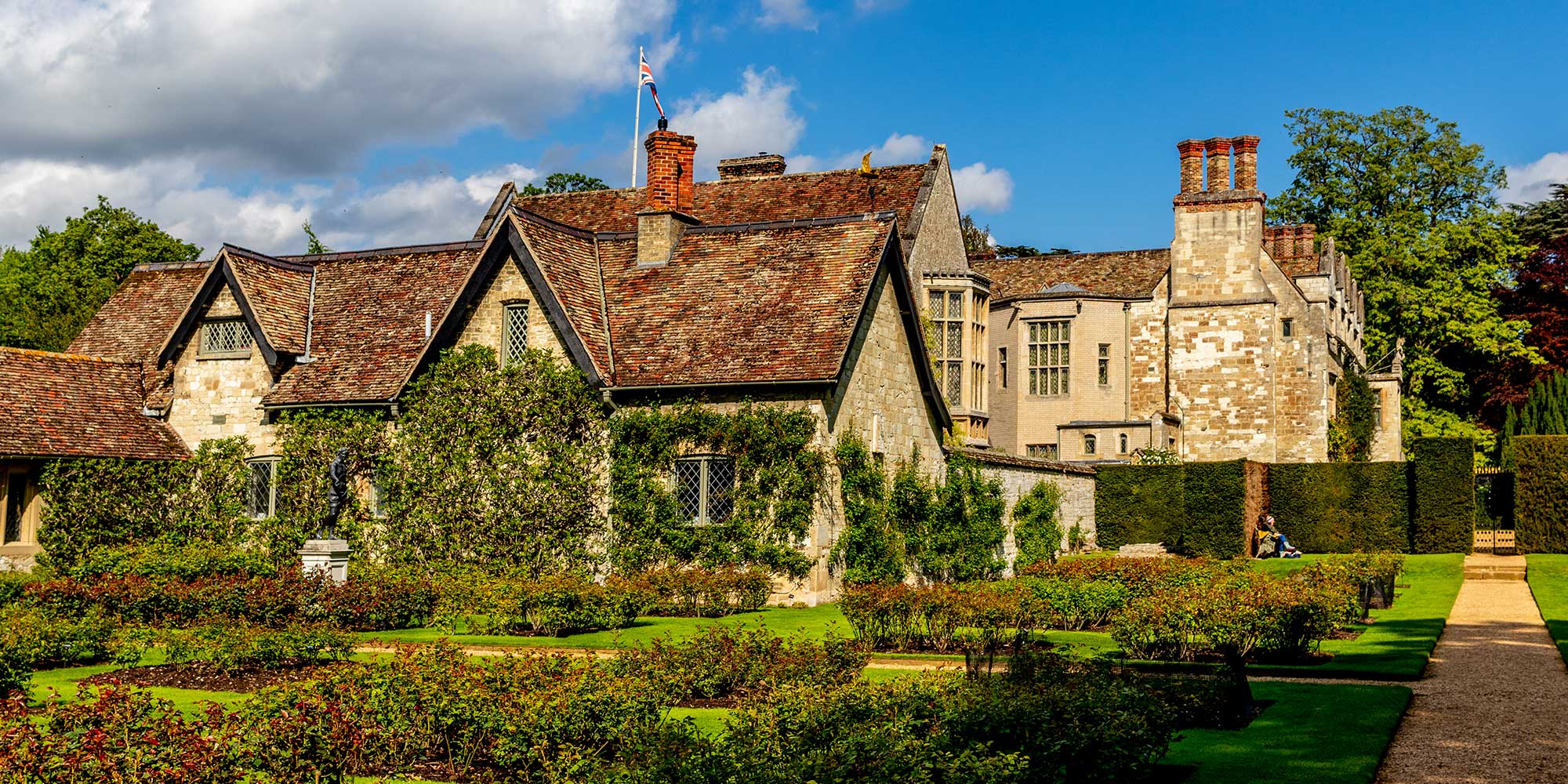
It's not in Anglesey and nor is it an Abbey. Although this grand mansion, about six miles from Cambridge, was built on the ruins of a medieval priory, the beautiful house you see today is largely the work of twentieth century aristocrat Lord Fairhaven who lived here from 1926 to 1966. He had a dream of creating the perfect English country home and he extended and reformed the building and its grounds to show off his impressive collection of British art - including works by Constable and Gainsborough.
You can still see original elements of the Jacobean mansion that was built here in 1600 - and visit the working mill in the grounds.
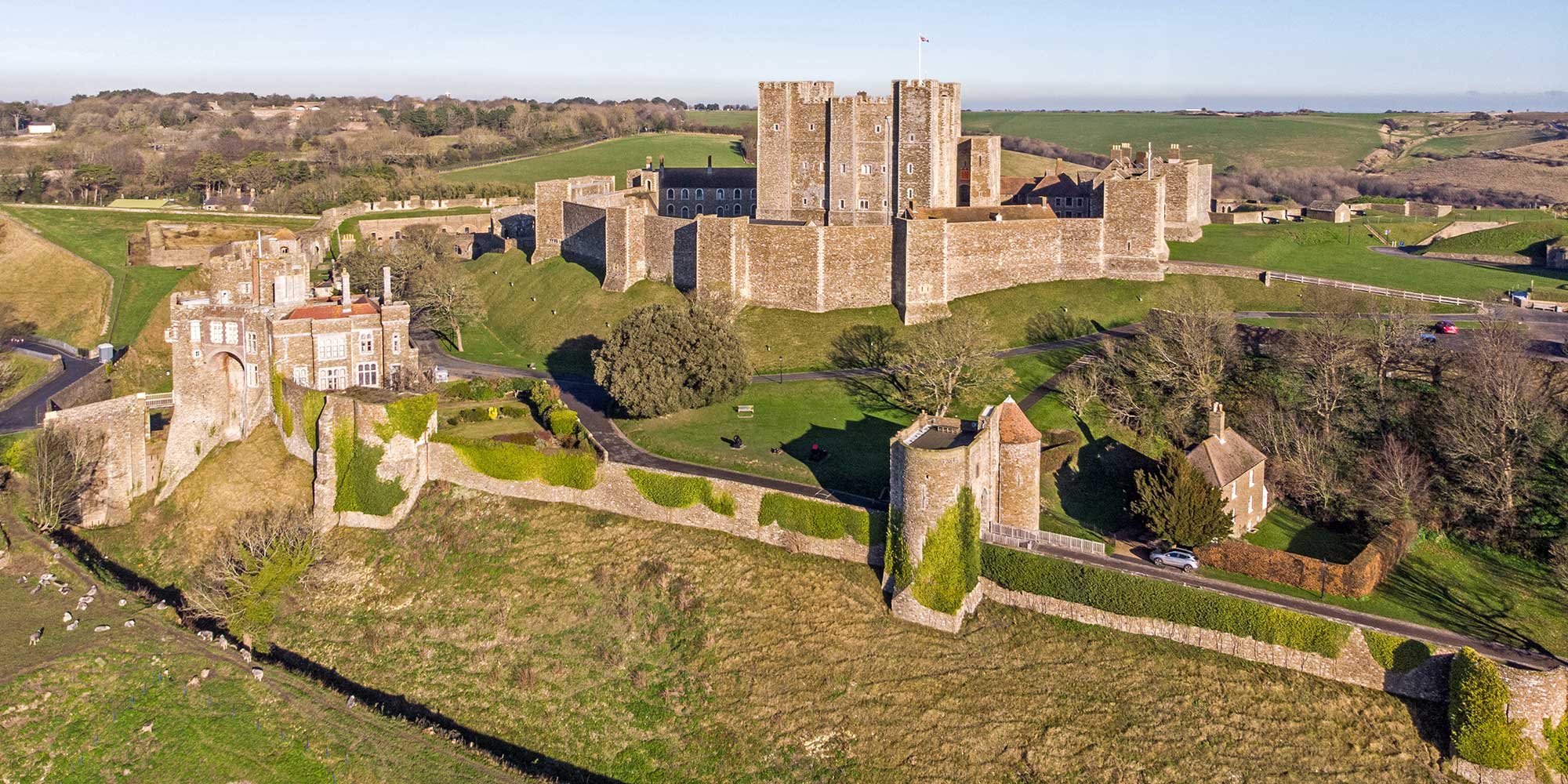
Even when Dover Castle was first built in the eleventh century this place, high up on the white cliffs, had a history going back for hundreds of years. You can still see the remains of a Roman lighthouse that was built in the second century AD and it's believed an iron age fort stood here even before that.
Visitors can explore the recreated medieval rooms, the great tower built by King Henry II and the secret tunnels that served as the headquarters for the Dunkirk evacuation in World War II.
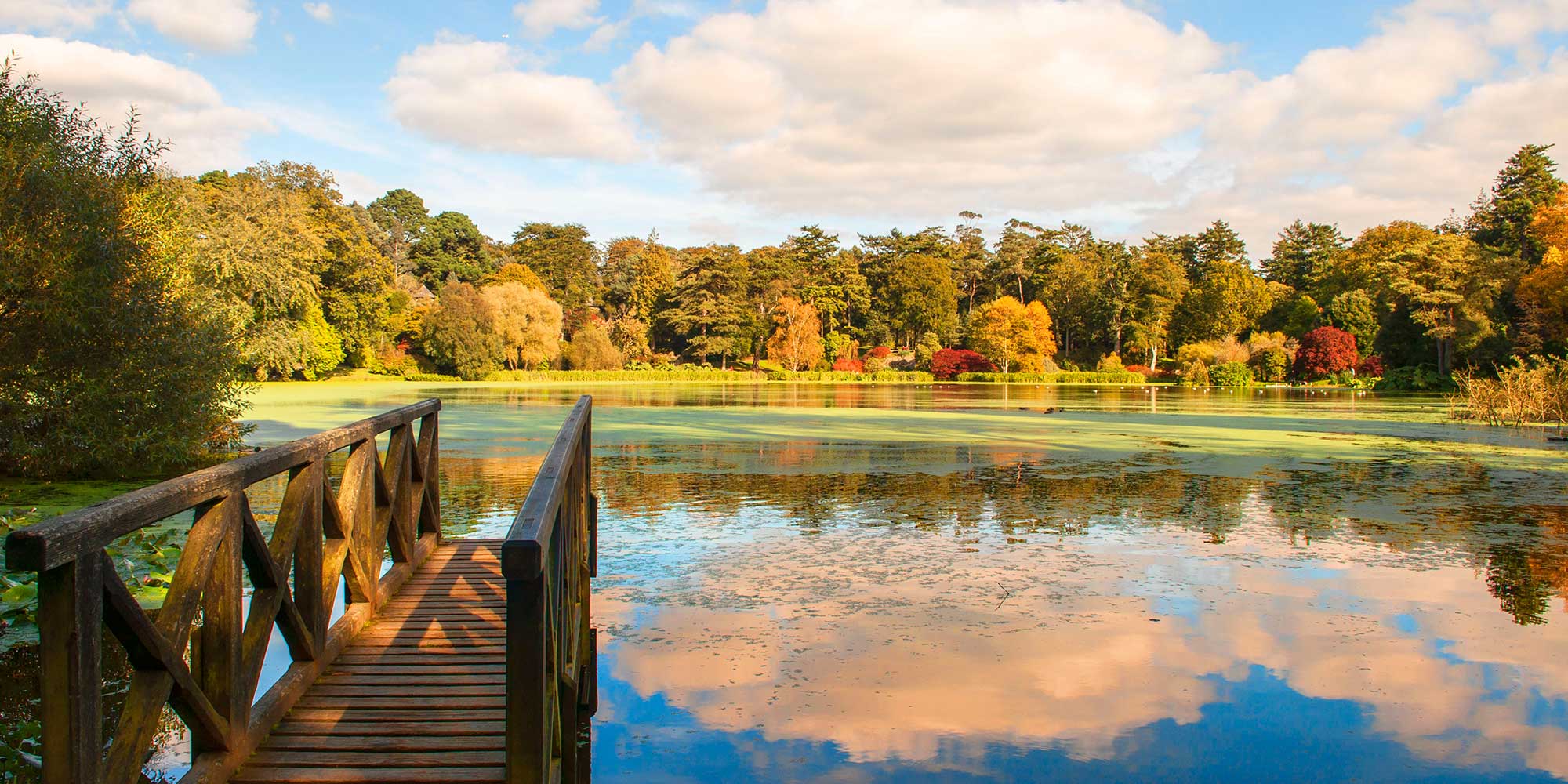
Set on the banks of Strangford Lough, the largest sea inlet in the UK, Mount Stewart's biggest attraction is the garden laid out by Edith, Lady Londonderry in the 1920s.
It's made up of very different, themed areas - the topiary of the Shamrock Garden, the statues of the Italian Garden and the Dodo Terrace, the cypress hedges of the Spanish Garden, the blue and white flowers of the Mairi Garden and the sheltered Rose and Wall Garden.
Inside, you can view the famous Congress of Vienna chairs used by delegates at the conference that followed the Napoleonic Wars and learn more about former owner Viscount Castlereagh and his pivotal role in UK politics in the nineteenth century.
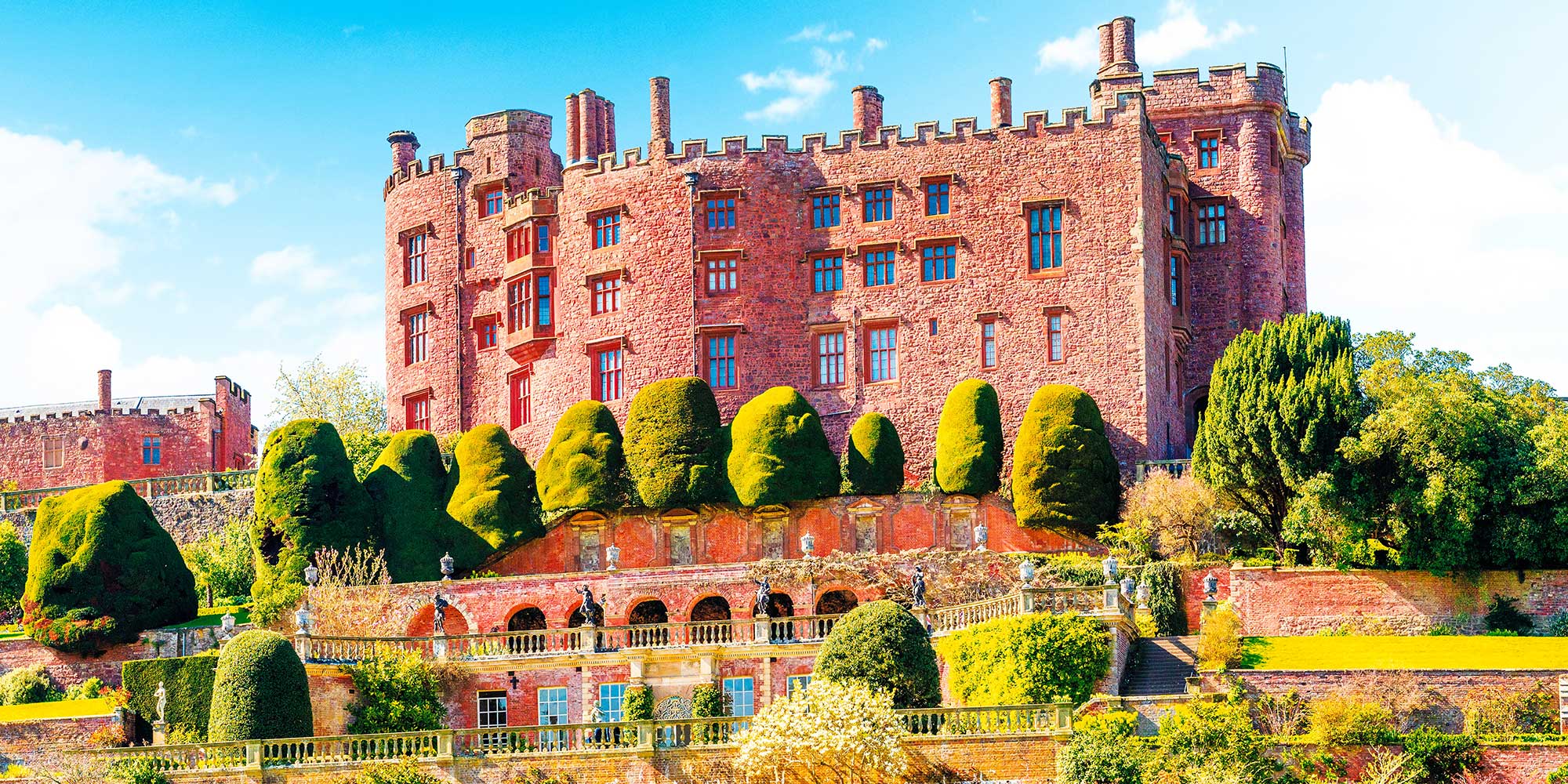
Powis Castle, near Welshpool in North Wales, was built by Prince Gruffydd ap Gwenwynwyn in the 13th century as a fortress, but for hundreds of years (since the late 16th century), it's been much more palatial.
Its crenellated stone walls still make it look as formidable as any other Welsh castle, however the rooms inside are as luxurious and opulent as they would have been in the renaissance or later eras - partly thanks to the Clive family (of Clive of India fame) and their collection of exotic treasures. These include carvings, rare manuscripts and other items taken from the Mughal Empire in the 19th century.
For many visitors the castle's most attractive feature is its garden, which is divided between formal and, much wilder, informal sections. There are terraces, water features and exotic plants - again, many brought back from India. All with a backdrop of the hills and mountains beyond.
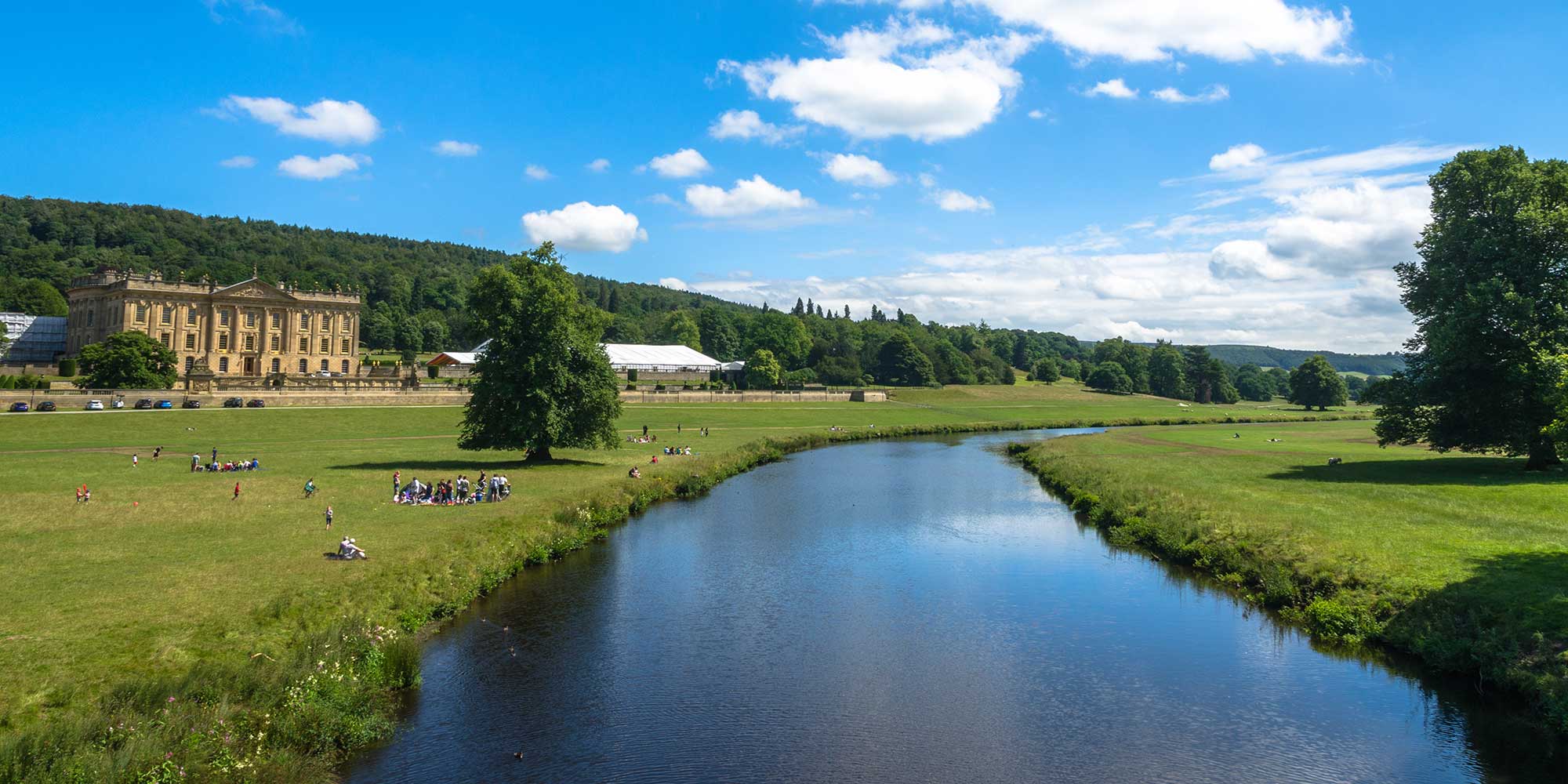
Chatsworth House has been the home of the Dukes of Devonshire since the mid-16th century. In that time it's served as a prison (for Mary, Queen of Scots) and been added to and improved by generations of the family.
Its 105-acre garden was laid out - inevitably - by Capability Brown, who designed the grand rockery and commissioned the spectacular Emperor fountain.
Inside the house you can see one of Europe's most impressive private art collections - with works by Leonardo da Vinci, Rembrandt, Van Dyck and many more.